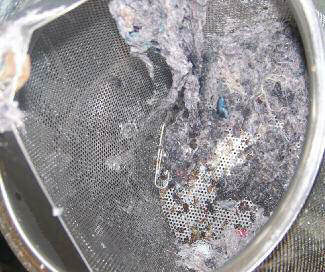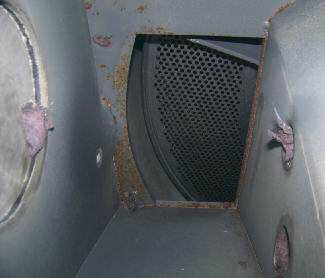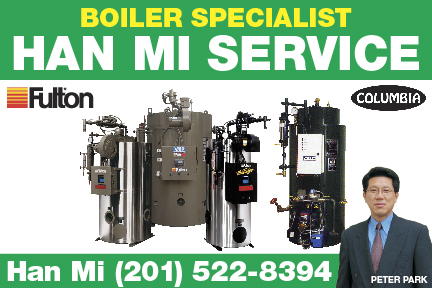Lint is not our friend. Excessive lint is the cause of many ills for drycleaners and their equipment. Lint build-up on the coils cripples reclamation. Lint buildup in other areas of the drycleaning machine may result in residual odor in the wheel and garments. A thorough inspection of the drycleaning machine may be needed. If portions of the drycleaning machine need removal for lint cleanout, it is recommended you contact your local mechanic. Even if problems with odors are not encountered, it is recommended a thorough inspection for lint should be conducted annually.

INSPECT THE LINT FILTER
Most lint filter designs have not progressed much since transfer machines dominated the industry. These filters are not foolproof, and they require more than just a quick vacuum. Inspect the filter after removing the lint from it. You should be able to see through the filter when held up to the light. Check the seal around the filter for any indentations or any areas where lint might bypass the filter operation. Foam and fabric-type filters should be replaced annually.
INSPECT THE AIR PASSAGE
Small buildups of lint may lodge in areas where airflow velocities change or drop to low levels. This lint is wet during the wash cycle and, since it does not see high air flow, may not dry completely. That means that at the end of the cycle, even after all the heating and reclaiming, this lint will still be wet with solvent and cause solvent vapors to get into the drum and other areas of the machine.

- Use a small flashlight to trace the air passage as completely as possible. From the exit of the drum, through the lint filter, through the fan, primary refrigeration coils, reheat coils, steam coils, through the drum and back to the exit. Look into areas where the air must bend around turns or enter new passages. Look backwards from the lint filter back to the wheel. Inspect the entry area of the air into the primary refrigeration coils. Look around the perimeter of the flow area. It may be necessary to remove panels to completely follow the air passageway.
- Open the door and shine the light backward through the air passage in the front panel.
- Look between the wheel and the drum, especially at the bottom. If removal of the front panel is needed to get to this lint, call your local mechanic for help.
- Look between the steam coils and the entry to the drum. You may be able to inspect the back of the drum and the wheel.
- If there are inspection ports of access openings with bolted plates on the back of the drum, open these areas and inspect between the back of the wheel and the drum.
CAGE WASH
If after manually removing all the lint you can find, there still seems to be an odor, it may be time to perform a “cage wash” to remove additional, hidden lint. If your drycleaning machine has a preset program designed for cage washing, run the appropriate cycle. If not:
1. Prepare the machine for a cage wash by cooking out the still and cleaning the button trap. If possible, cover the button trap screen with a stocking or a net to catch smaller particles than are normally caught by the button trap screen. Don’t forget to remove this screen when finished.
2. Fill the wheel from the working tank with just enough solvent to cover the bottom of the basket.
3. Close the drain. This may require turning off the air or disabling the valve that allows the wheel to drain. This valve is normally found under the button trap.
4. Manually run the extraction cycle for two minutes. There should be some noise and vibrations. If the vibration is excessive, abort this process.
5. After the extraction, turn on the air or enable the valve and set the controls to run what is called a “bypass cycle”—meaning the solvent pump is running and recirculating the solvent in the drum over the button trap and back to the drum. Run this bypass cycle for five minutes.
6. Repeat steps four and five at least three times.
7. Drain the contents of the wheel directly to the still. Make sure not to go through the filters or into the base tanks.
8. NOTE: Sometimes lint does not break free until some days later. If you are cleaning and the machine won’t drain or go into extract, check the button trap. It may be filled with lint. Clean it out immediately.
Maintaining lint buildup is an excellent way of managing odors in the load. A cage wash should be performed every six months, whether you think it needs it or not.
This article is from DLI’s TOI 741

